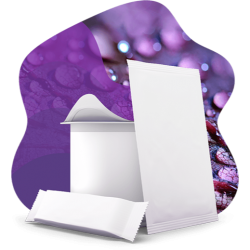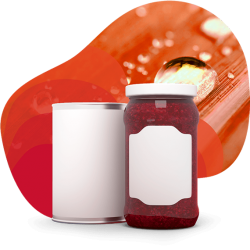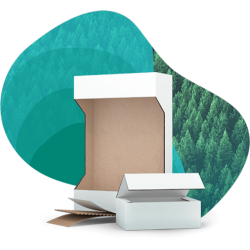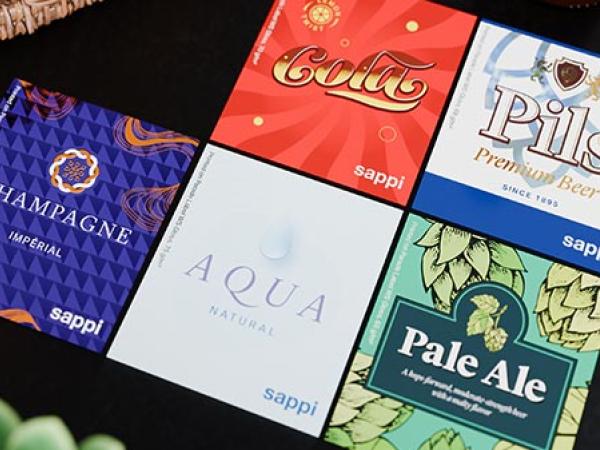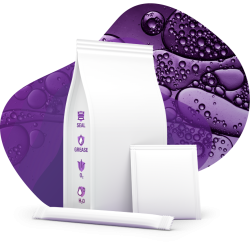
Paperboard - a natural decision (part 1 of 2)
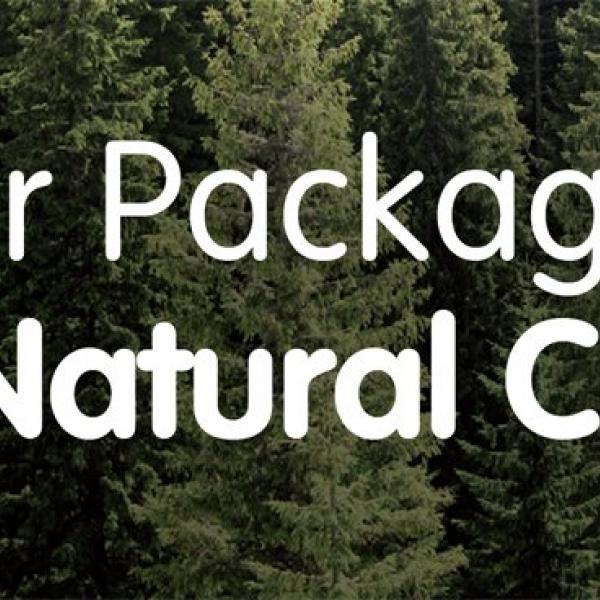
In the ongoing environmental debate, packaging materials are increasingly being drawn into the conversation. As a result, the positive arguments for paper and paperboard based packaging solutions continue to increase in relevance.
Packaging is indispensable to the economic cycle. Its multifaceted nature combines many functions over and above simple product protection. Communication, authenticity and supply chain management mechanisms can all be enhanced through the application of a well designed packaging solution. For a long time, monetary costs were the principle factors that determined packaging materials choices, however, as the broad societal debate around the environmental impact of different packaging types evolves, many companies have started to reevaluate their strategies. Increasingly, the question has become, how can you maximize packaging functionality whilst minimizing environmental cost? Paper and Paperboard based packaging solutions offer a compelling answer.
Fact: Paperboard is key to minimizing negative environmental influences
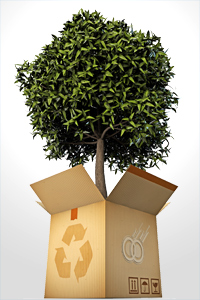
Today, almost a third of all food produced for consumption, ends up as waste. Valuable resources such as clean water and renewable energy opportunities are squandered, whilst damaging human byproducts, such as greenhouse gasses are unnecessarily generated. Thoughtfully designed, sustainably produced packaging, made from paperboard, contributes towards a reduction in waste, both with food and many other goods, as it both protects its product from damage through the logistical chain and can increase product desirability at point of sale, thus ensuring a healthy turn of stock. The benefits of using paper and paperboard materials go much further however as they are produced primarily from wood fibre, a renewable natural resource, have the highest recycling rate of all packaging materials and are directly linked to forest regeneration programs, crucial to the fight to control greenhouse gas emissions.
Fact: Paper and paperboard are recycled more frequently than any other packaging material
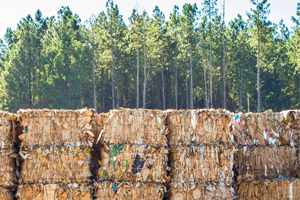
In 2016, according to Eurostat (the statistical office of the European Union), 85 percent of all paper and paperboard based packaging in Europe was recycled. The recycling rate for other packaging materials lags behind this , in some cases substantially. Plastic packaging, for example, has a Europe wide recycling rate of just 42 percent. The Paper and Paperboard recycling process is being continuously optimized. The key component, fibre, can be recycled up to seven times on average before it breaks down and tests conducted by Technische Universität Darmstadt recently showed that the fibre found in paperboard based boxes has passed as many as 25 recycling cycles. This remarkable raw material life cycle is only possible however, when the general stock is augmented through the inclusion of some virgin fibre substrate. High-quality virgin-fiber substrates from Sappi, for example, make just such an important contribution to the recycling loop.
Fact: Paperboard packaging protects resources
Fifty-eight percent of the energy required by European paper and paperboard production sites is generated from biomass today. Some 96 percent of this energy is generated through efficient combined heat and power (CHP). A distinct advantage of CHP generation is the reduced fuel requirement for the simultaneous supply of heat and electricity, which results in substantially lower pollutant emissions. In terms of resources, too, improvements are continually being made as well: today, 40 percent more beverage cartons can be produced from the same amount of wood fiber, compared to 20 years ago.
Fact: Paperboard packaging promotes healthy forests
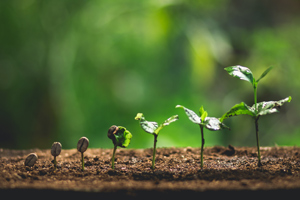
The virgin fiber used for European paperboard packaging production comes from certified, responsibly managed forests. Over 90 percent of these forests are situated in Europe, where they are subject to tight controls throughout the forestry cycle of planting, growing, harvesting and re planting. The result of this strict management is that, on balance, forested lands are expanding rather than diminishing. According to the European Environment Society, European forests grew in extent by 44,000 square meters from 2005 to 2015. This corresponds in total approximately to an area the size of Switzerland.
The facts presented in this article were taken from the brochure "Paper packaging – the natural choice", which is published by Two Sides, an international nonprofit initiative dedicated to disseminating information about the environmental characteristics of print, paper, and paperboard products. Sappi supports the activities of Two Sides. More at www.twosides.info
